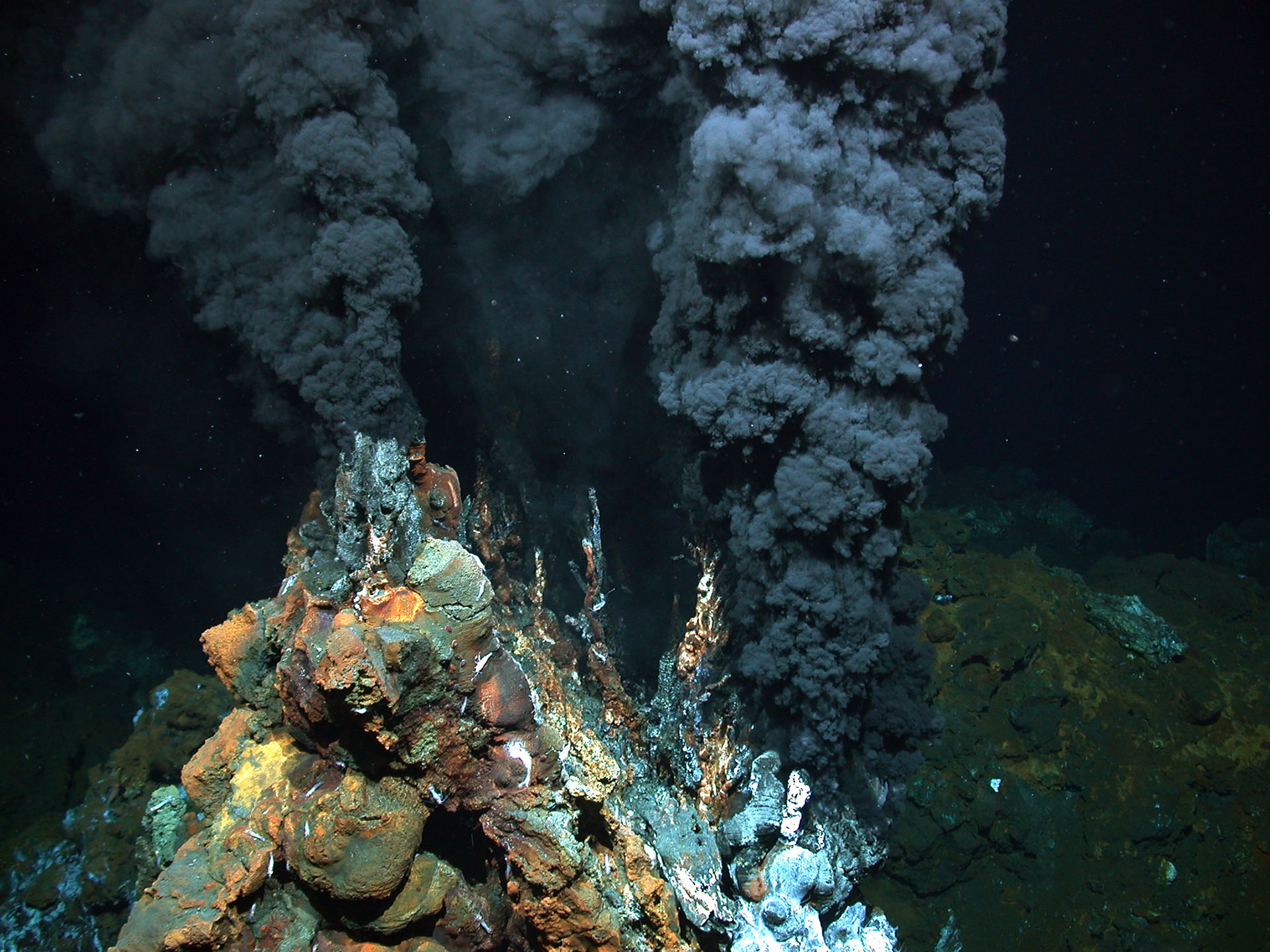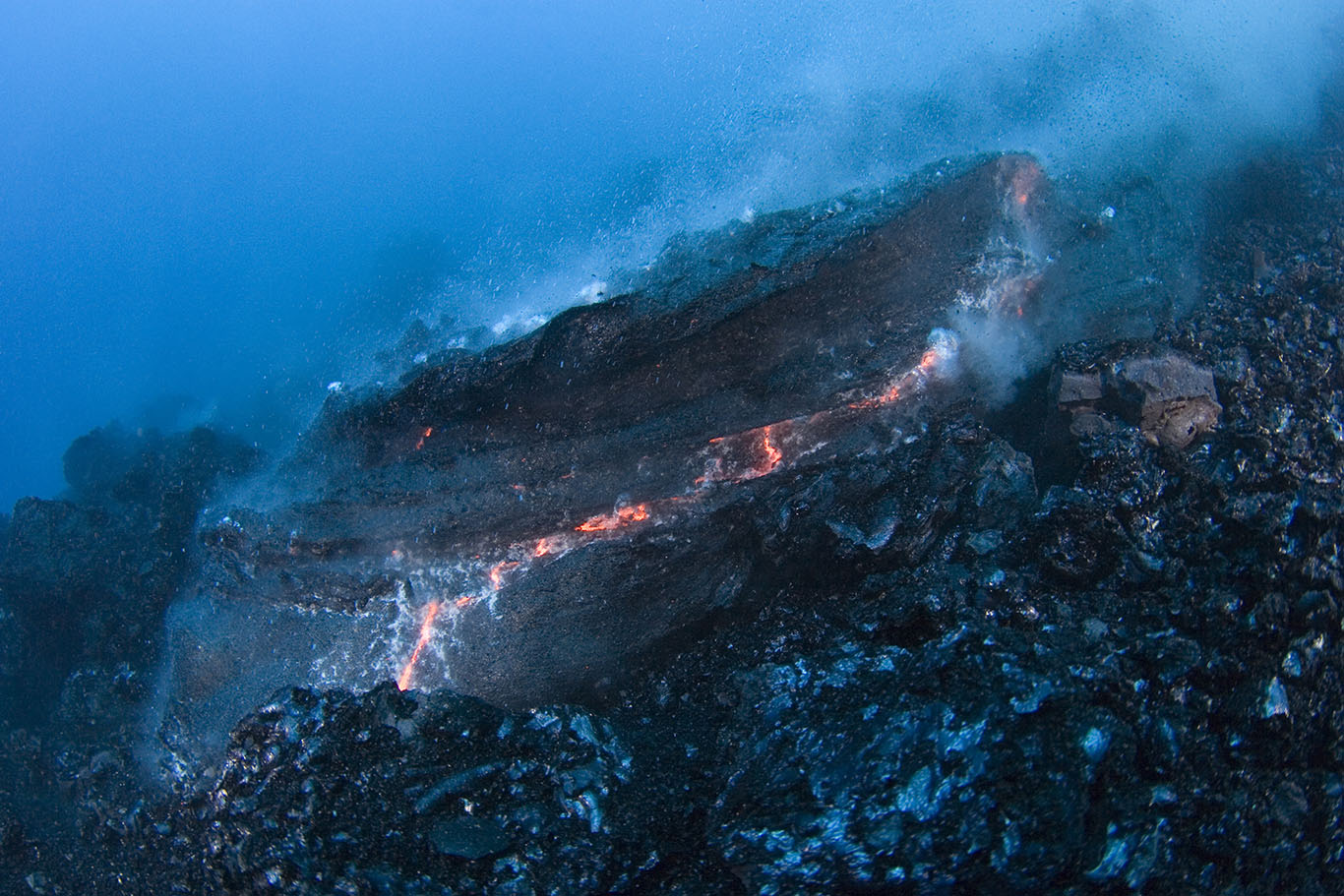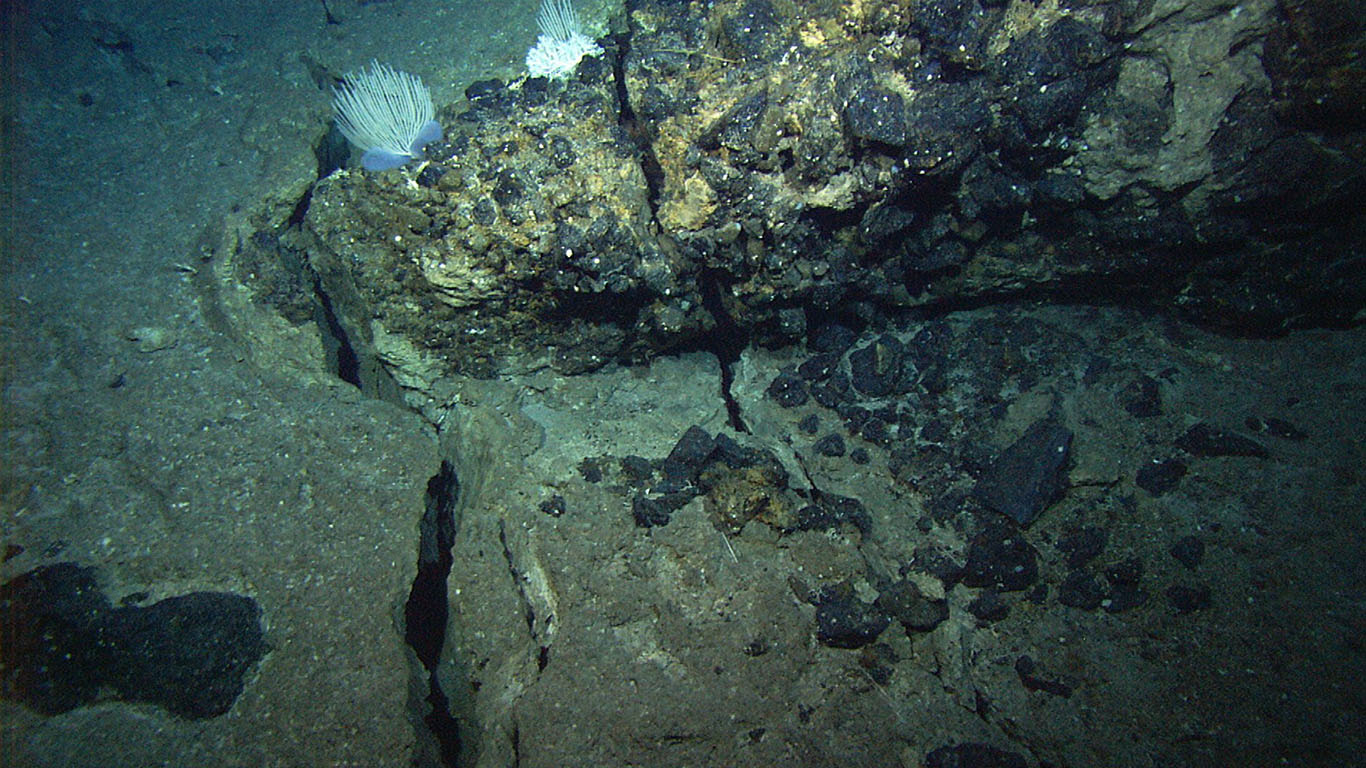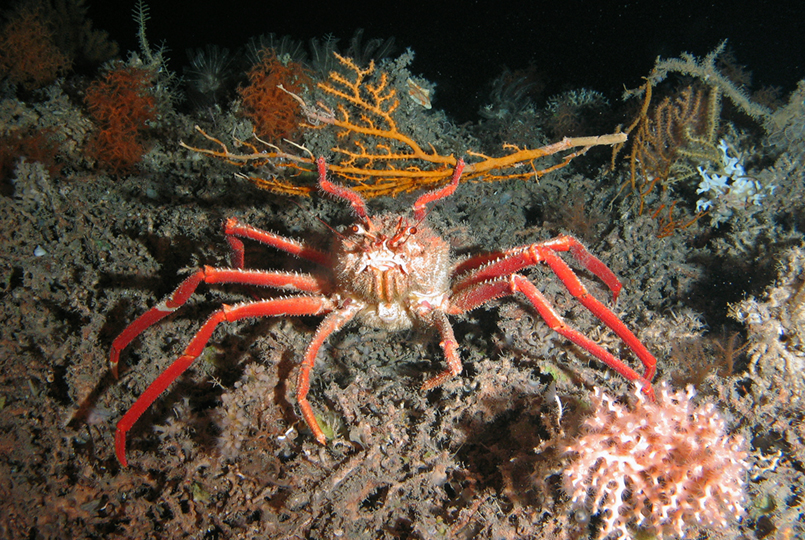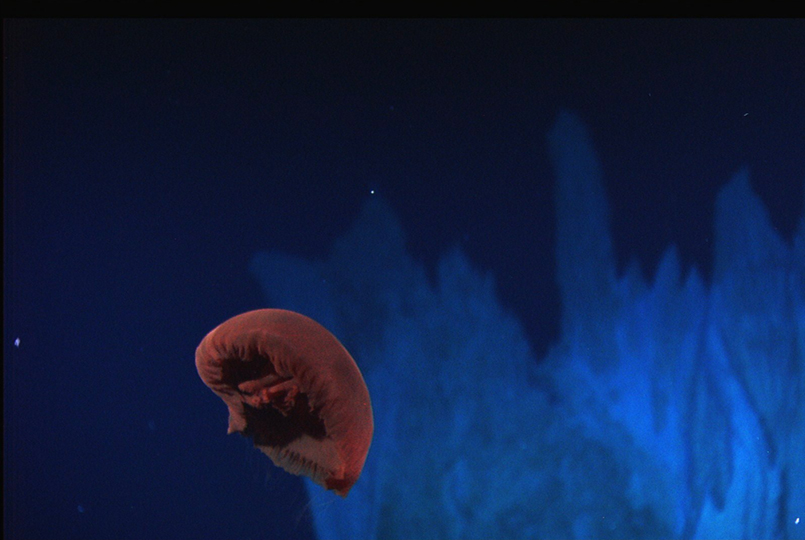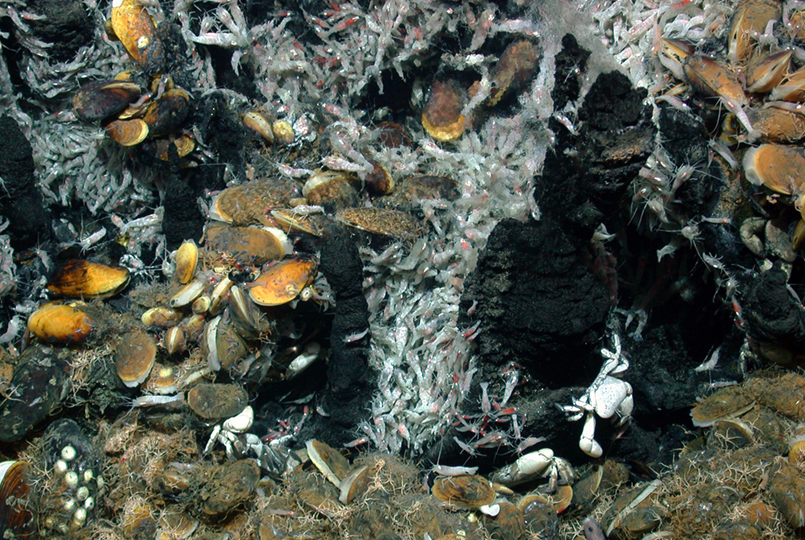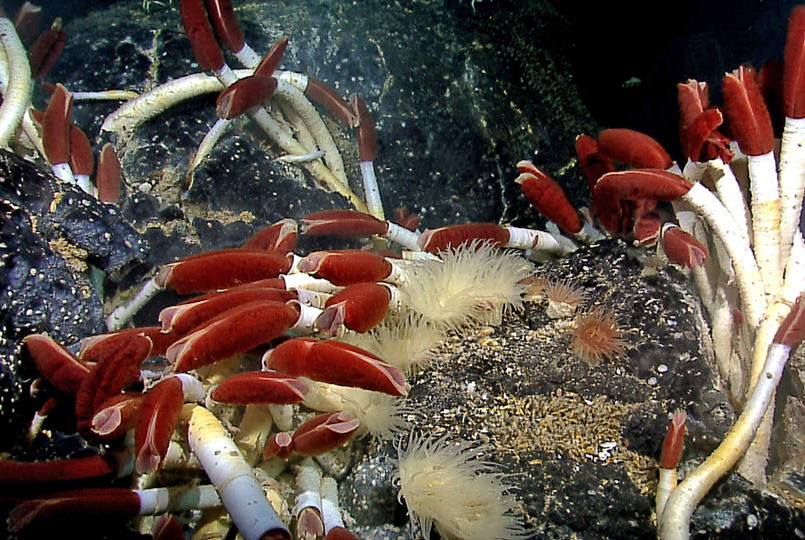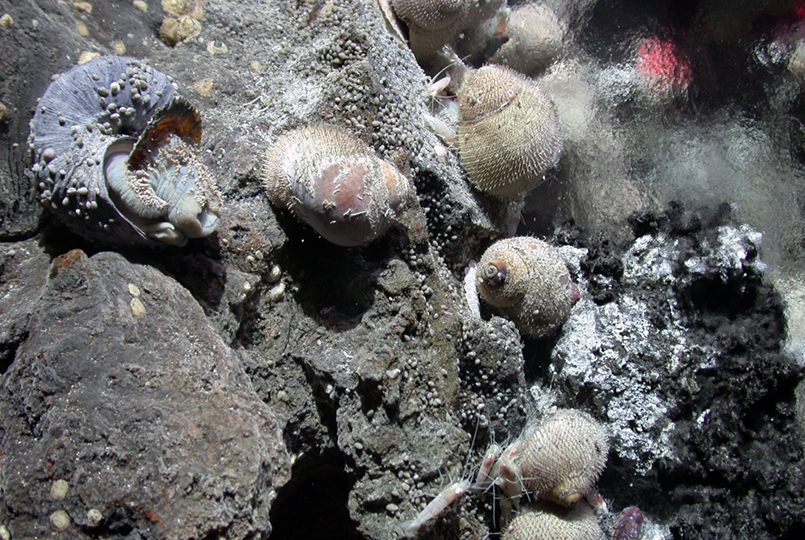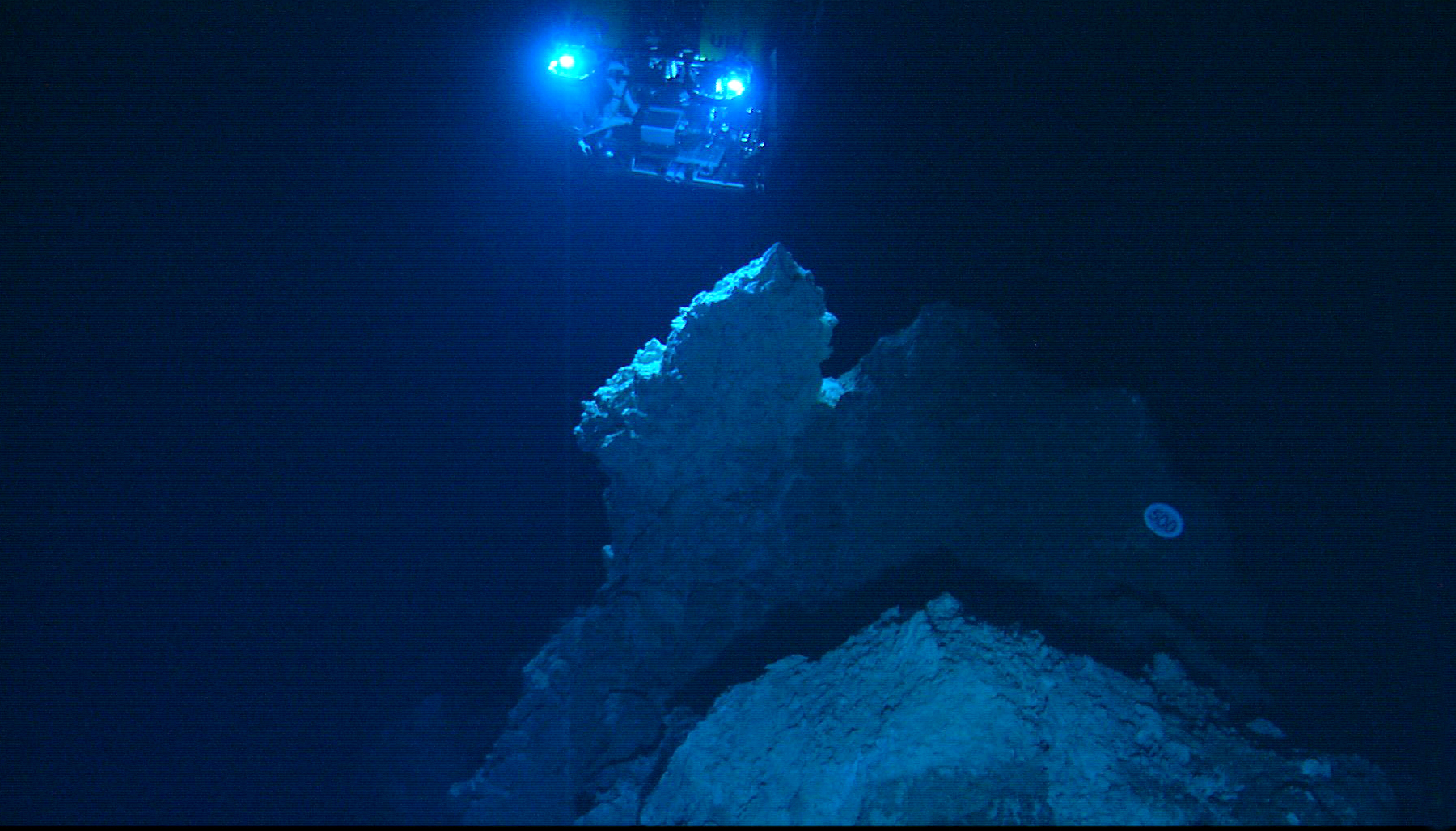Many scientists have acknowledged that we have better maps of the Moon and Mars than we do of Earth’s ocean floor. So much of the ocean is still a mystery.
Deep beneath the ocean’s surface are incredibly peculiar creatures, extreme temperatures, and geological features that look like something out of a sci-fi film. Thanks to technological advances, a network of cables, sensors, and data collecting equipment we can explore previously unseen parts of the murky ocean floor. These tools help us gain insight into the mysteries of volcanism, marine biology, and tectonic activity that were previously unexplained.
